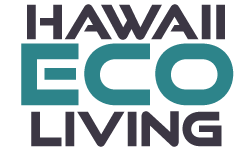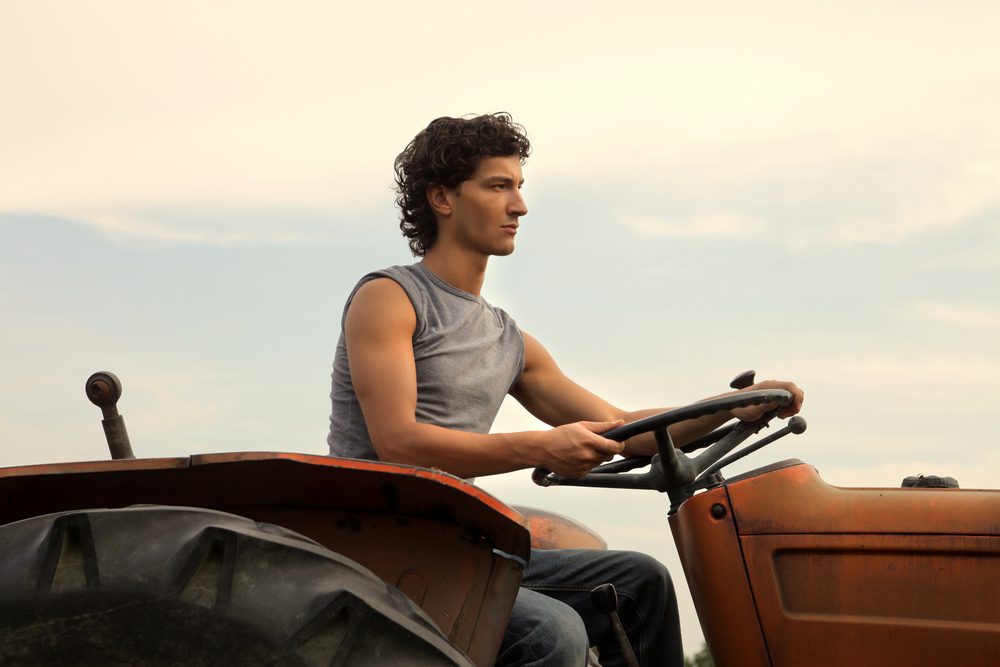It shocks most people in the United States to think that many children (not to mention adults), don’t know where their food comes from. “The store,” they might say. And so in the past 5 years, we have created more “farm to school” programs to introduce kids to what their food looks like when it comes out of the ground, and we have seen the incredible growth of farmers’ markets and Community Supported Agriculture. The idea is simple: if consumers have the right information, they can then buy better food and demand better policies that can, in turn, support better farming.
 And yet, even with all of this new knowledge about where our food comes from, our federal food policies in the United States are getting worse and worse. Our Congress is trying to cut billions from food assistance at a time when so many people are struggling to put food on the table, and at the same time, they are giving billions to agribusiness in the form of reckless crop insurance. How is it that at a time when more people than ever “know their farmer,” we get such a terrible food policy?
And yet, even with all of this new knowledge about where our food comes from, our federal food policies in the United States are getting worse and worse. Our Congress is trying to cut billions from food assistance at a time when so many people are struggling to put food on the table, and at the same time, they are giving billions to agribusiness in the form of reckless crop insurance. How is it that at a time when more people than ever “know their farmer,” we get such a terrible food policy?
The first reason that we still haven’t made change is because “knowing our farmer” has usually meant nothing more than being an acquaintance and customer of a farmer. It hasn’t meant that more consumers learn about the onerous contracts farmers have to sign with agribusiness corporations, or about the increasing cost of grain to feed dairy cows, or about how banks in rural areas aren’t lending to farmers anymore. “Knowing your farmer” has not meant listening to black farmers like Blain Snipstal talk about how they’ve lost so much land that 98% of the land in the United States is owned by whites . And come to think about it, does the average consumer know what a SNAP recipient goes through? Do we even think of SNAP recipients as consumers?

